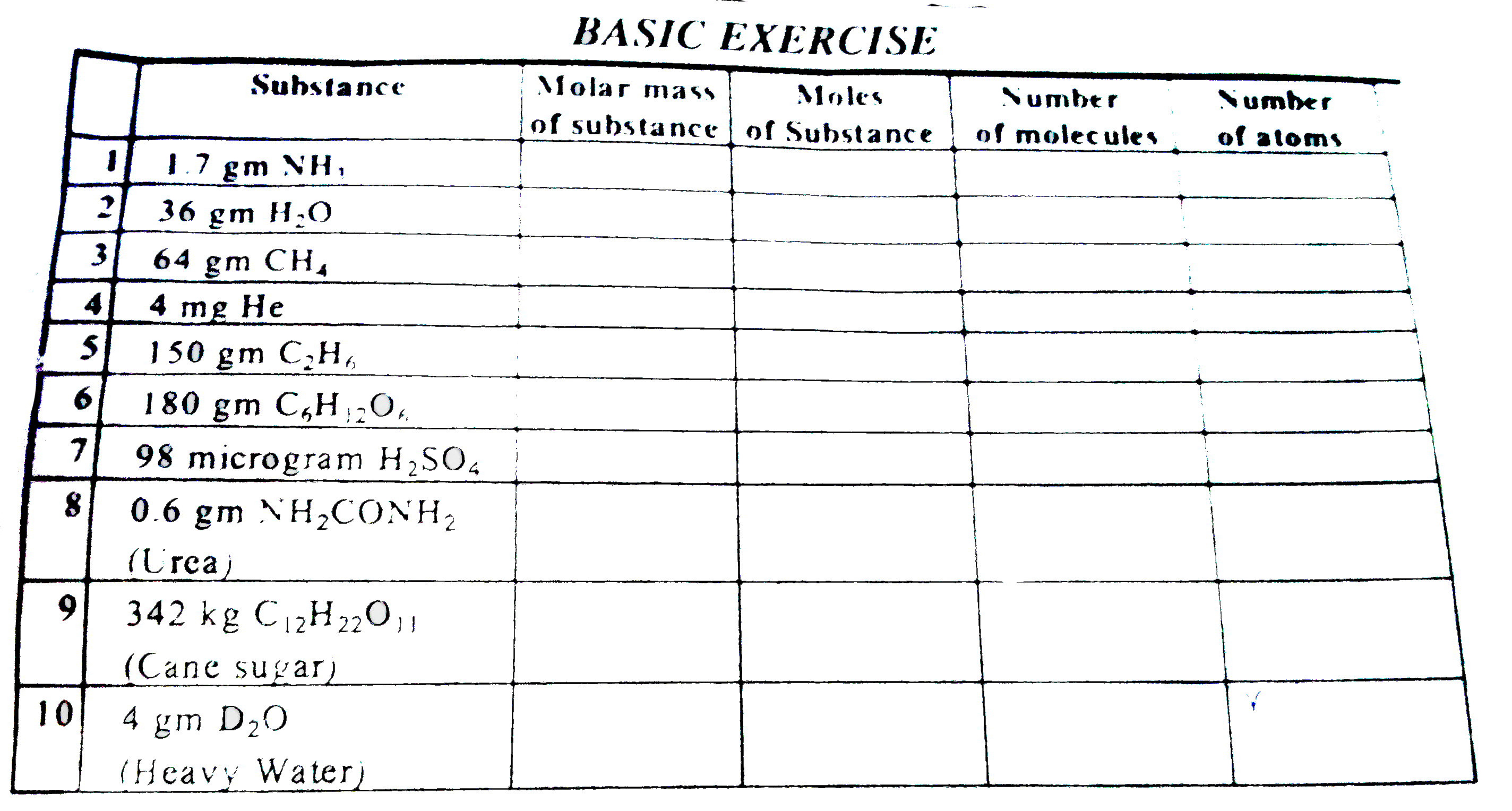Dissociation of NH3(g) over solid platinum follows zero order kinetics.
2NH3(g)→N2(g)+3H2(g)
The rate of reaction is 2×10−3Msec−1. Also at 300K, thermodynamic data are:
ΔH∘fNH2=-45kJ/mole S∘N2=190J/K mole
S∘NH3=200J/K mole, S∘H2=130J/K mole
From the above data and the assumption that ΔH∘Rxn are independent of temperature, anwer the question that follows. [Take R×300kJ]
What is the rate at which heat is absorbed at time t=50 sec. if volume of vessel is kept at 1 litre?
A
0.18kJsec−1
B
0.36kJsec−1
C
0.09k
D
0.17kJ sec−1
Text Solution
The correct Answer is:d
|
Topper's Solved these Questions
Similar Questions
Knowledge Check
Dissociation of NH3(g) over solid platinum follows zero order kinetics.
2NH3(g)→N2(g)+3H2(g)
The rate of reaction is 2×10−3Msec−1. Also at 300K, thermodynamic data are:
ΔH∘fNH2=-45kJ/mole S∘N2=190J/K mole
S∘NH3=200J/K mole, S∘H2=130J/K mole
From the above data and the assumption that ΔH∘Rxn are independent of temperature, anwer the question that follows. [Take R×300kJ]
The temperature at which dissociation of ammonia attains equilibrium at 1 bar pressure is given by?A500KB400KC300KD200KDissociation of NH3(g) over solid platinum follows zero order kinetics.
2NH3(g)→N2(g)+3H2(g)
The rate of reaction is 2×10−3Msec−1. Also at 300K, thermodynamic data are:
ΔH∘fNH2=-45kJ/mole S∘N2=190J/K mole
S∘NH3=200J/K mole, S∘H2=130J/K mole
From the above data and the assumption that ΔH∘Rxn are independent of temperature, anwer the question that follows. [Take R×300kJ]
If initially [NH3]=3M , then what will be its concentration after 100 sec if it is performed in rigid vessel as 300K:A2.6MB2.8MC0.09 kJsec−1D3MFor the reaction
2NH3(g)⇔N2(g)+3H2(g) the units of Kp will beAatmB(atm)3C(atm)−2D(atm)2
For the reaction, N2(g)+3H2(g)⇔2NH3(g), the units of Kp are …………
View Solution
2NH3→N2+3H2
Find moles of H2 produced from 4 moles of NH3
View Solution2NH3→N2+3H2
Find moles of H2 produced from 4 moles of NH3
View SolutionThe rate of decomposition of NH3(g) at 10 atm on platinum surface is zero order . What is rate of formation (in M −1min) of H2(g) , if rate constant of reaction 2NH3(g)→N2(g)+3H2(g) is 2.0 M −1min?
View SolutionKC for the reaction 12N2(g)+32H2(g)⇔NH3(g) is
View Solution
